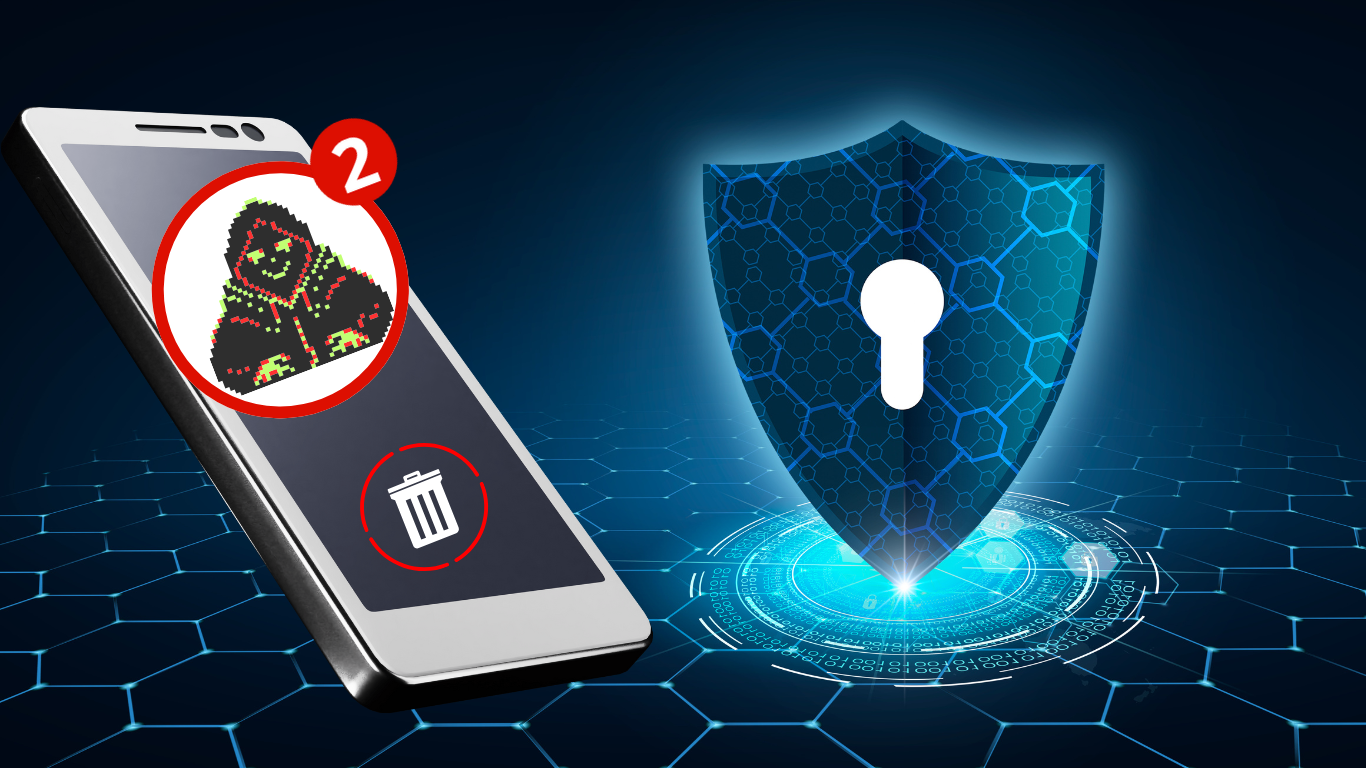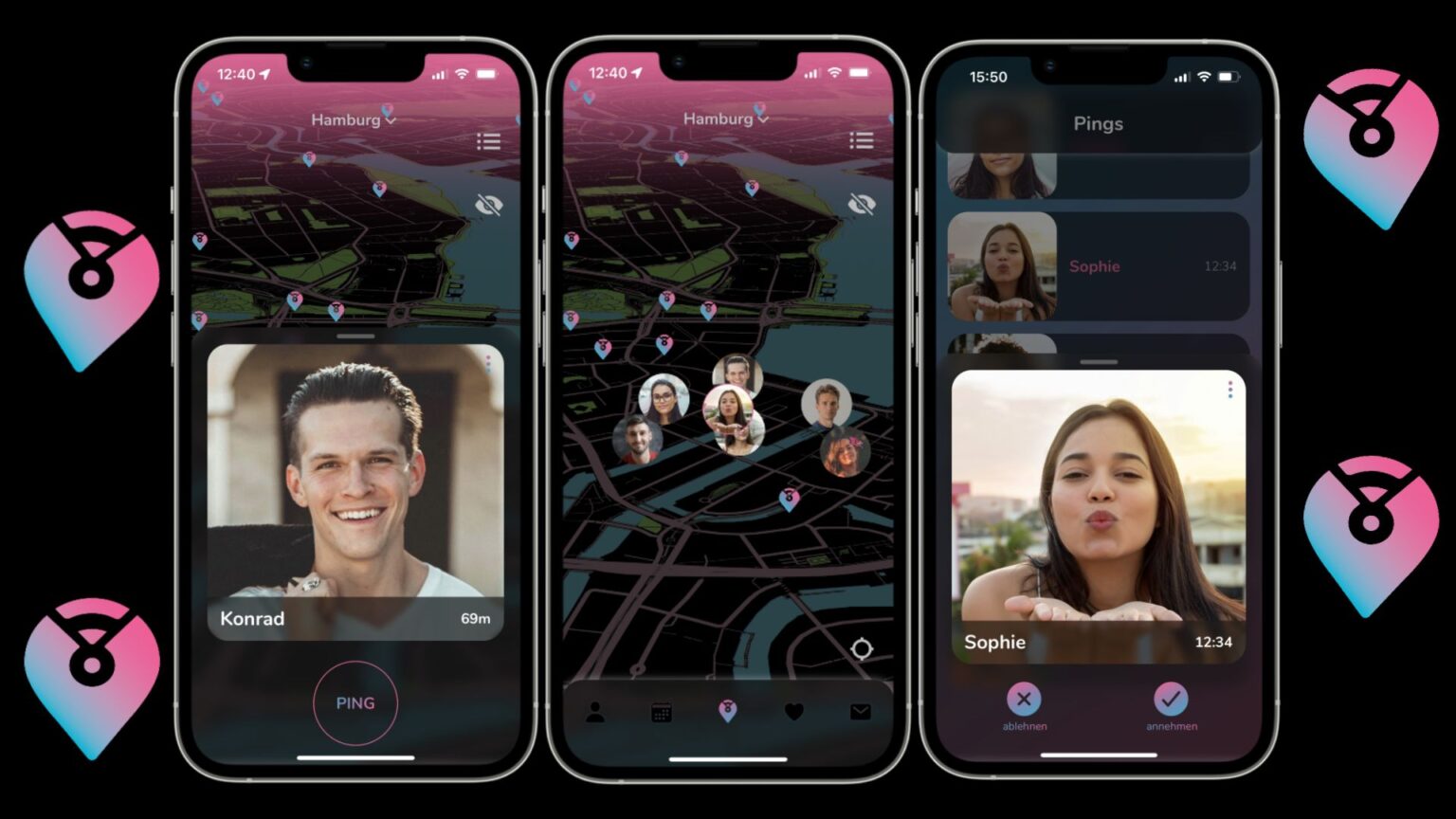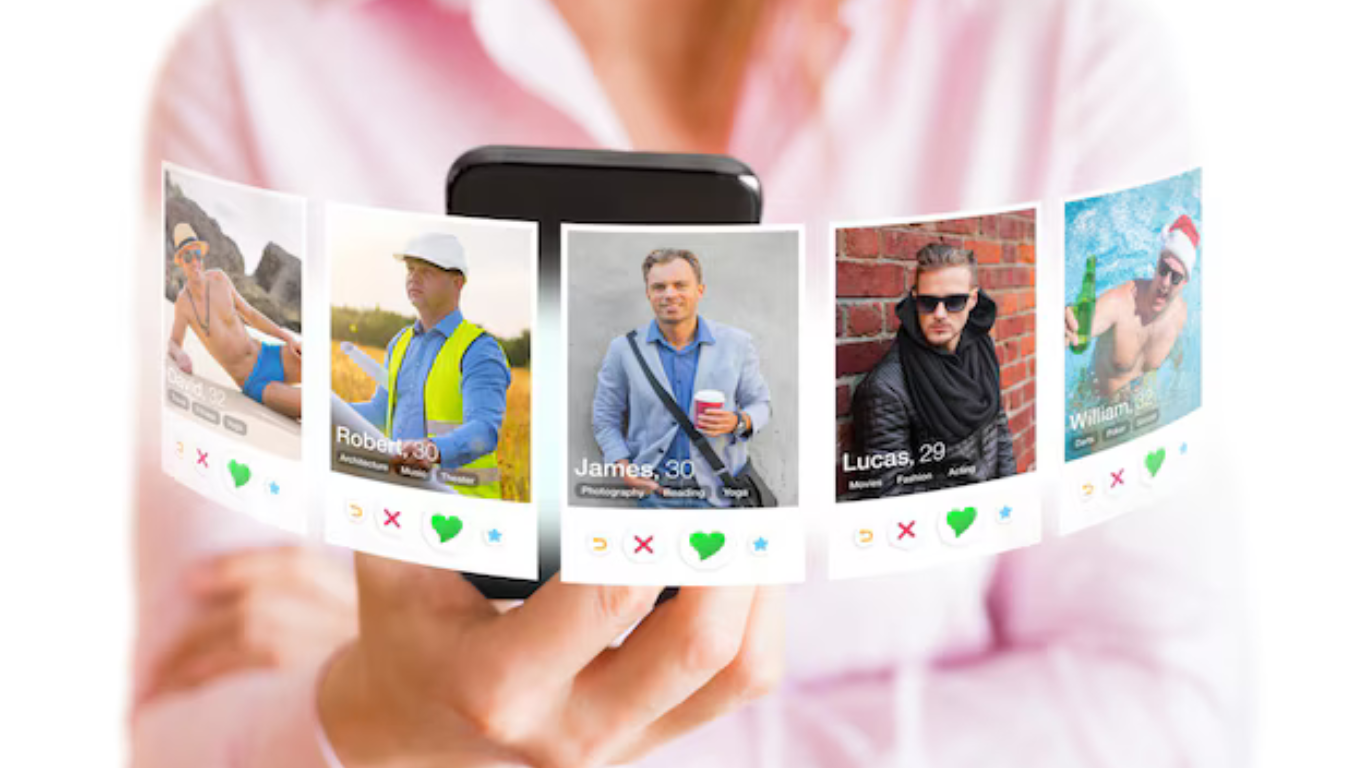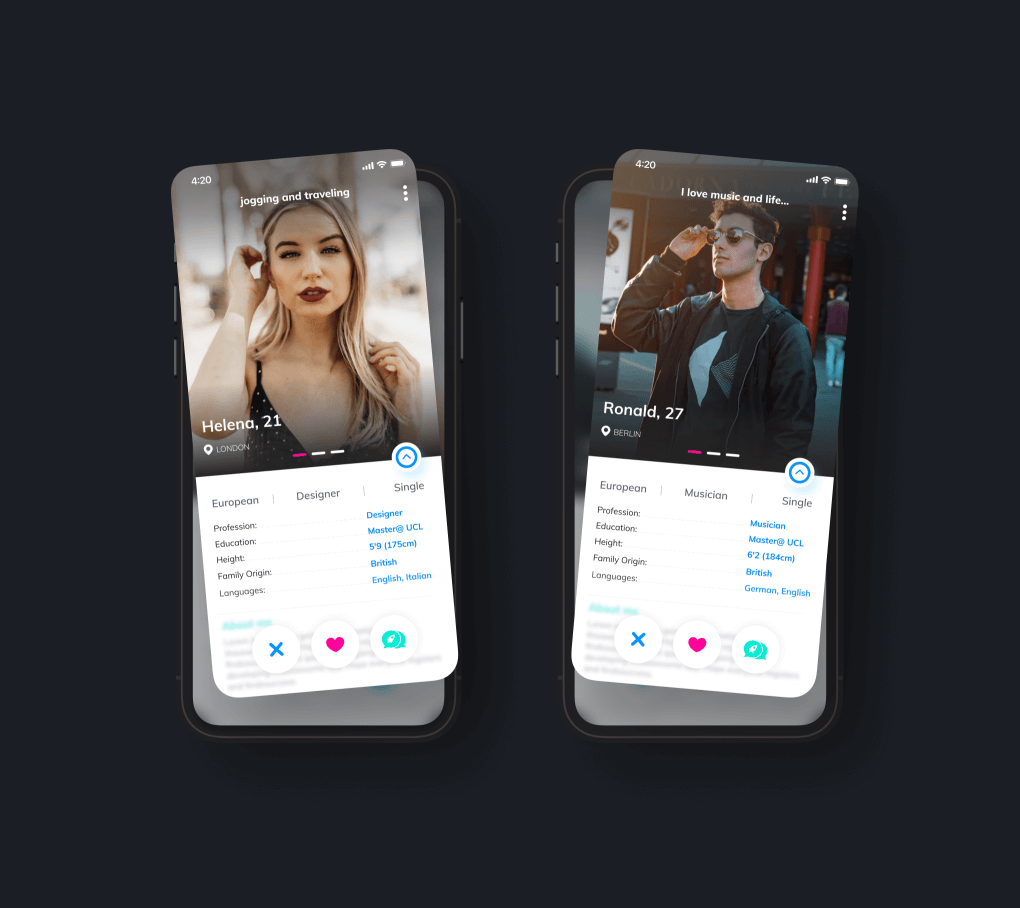Nowadays, technology has completely revolutionized the way we interact and meet new people. With the popularization of smartphones, applications GPS-enabled dating apps have become indispensable tools for those seeking relationships, friendships or even casual hookups. These apps use real-time geolocation to show potential matches within your area, facilitating real encounters and making the flirting process much more dynamic and efficient.
The practicality offered by these applications is undeniable. Just do the download, create a profile, and start exploring the options available in your area. Whether you’re a traveler looking to meet someone in a new city, a city dweller with little time to go out, or someone who simply prefers the convenience of meeting people online before meeting in person, these apps have something for everyone.
In this article, we will present five applications GPS-enabled dating apps that can be used worldwide. Each of them has its own particularities, but they all share the same goal: connecting people who are geographically close. In addition, we will explore how these apps are shaping the way we relate to each other in the digital age. Check it out!
1. Tinder
THE Tinder is without a doubt the application The most well-known and widely used dating app in the world. Launched in 2012, it popularized the concept of “swiping” to indicate interest in other users – to the right if you like them and to the left if you’re not interested.
Tinder's biggest selling point is its simplicity and reach. With millions of active users in virtually every country, the chances of finding someone compatible near you are huge. download Tinder is available for both iOS and Android, and its basic version is free, although it offers premium subscriptions with additional benefits.
One of the advantages of Tinder is its adaptability to different goals. While some people use it for casual encounters, others have found serious relationships through the platform. The app’s algorithm learns from your preferences over time, improving the quality of the suggestions you receive.
It’s worth noting that Tinder also offers features like “Tinder Passport,” which allows you to virtually change your location – ideal for those who travel frequently or plan to move to another city.
2. Bumble
THE Bumble emerged as an interesting alternative to Tinder, with an important difference: here, after a match, only women can start the conversation (in the case of heterosexual connections). This approach was created to give users more control and reduce the harassment common in other dating apps.
Available for download Worldwide, Bumble stands out for its clean and user-friendly interface. In addition to the traditional dating mode, the app offers “Bumble BFF” (for making friends) and “Bumble Bizz” (for professional networking), making it versatile for different social needs.
Bumble's geolocation system is quite accurate, showing potential matches within a radius of the user. Another positive point is the 24-hour limit to start the conversation after a match, which encourages faster and more genuine interactions.
Bumble recently introduced more advanced profile verification and filtering features, increasing the safety and quality of connections. It’s a great option for those looking for a more respectful and balanced online dating environment.
3. Happn
THE Happn brings a new twist to GPS-enabled dating apps. Instead of simply showing you random people in your area, it shows you users you’ve crossed paths with in your day-to-day life. If someone you’ve seen at the café, on public transport or at the gym is also on the app, they’ll show up in your feed.
Available for download Globally, Happn creates a more organic connection experience, bringing together people who have already shared the same physical space. The app uses real-time geolocation, but preserves users' privacy – it never shows your exact location, it only indicates that you were nearby at a certain time.
An interesting feature of Happn is the ability to send “Crushes” when you have a special interest in someone. If the feeling is mutual, the match is made and the conversation can begin. With millions of active users, Happn proves that sometimes fate (with a little help from technology) can surprise you.
4. Grindr
THE Grindr was a pioneer as application GPS-enabled dating site specifically aimed at the LGBTQIA+ audience. Since its launch in 2009, it has become the largest platform of its kind, with a presence in virtually every country.
Grindr's unique feature is its simple and straightforward interface. The app displays a list of nearby users in order of distance, updated in real time. This makes it easy to make quick and local connections, whether for casual encounters or more serious relationships.
Available for download In free and premium versions (Grindr XTRA), the app includes features such as advanced filters, incognito mode and the ability to send multiple photos. Recently, Grindr has invested in safety features, such as sexual protection reminders and profile verification.
For the queer community, Grindr often goes beyond a simple dating app – in many places, it serves as an important tool for socialization and even activism.
5. OkCupid
THE OkCupid differs from others applications dating app for its comprehensive question-and-answer system, which helps create more compatible matches. Combining this algorithm with geolocation, the app suggests people nearby who have similar values and interests to you.
Available for download Globally, OkCupid attracts a diverse audience. Its initial questionnaire covers everything from light topics (like hobbies) to deeper topics (like political views and relationships), allowing for more meaningful connections.
One of OkCupid’s strengths is its inclusivity. The app offers more than 20 gender and sexual orientation options, and allows users to highlight causes they support on their profiles. The platform recently introduced features like conversation prompts and virtual date modes, adapting to the changing needs of online dating.
The Impact of Dating Apps on Society
The popularity of these applications has profoundly transformed the dynamics of modern relationships. Research indicates that:
- About 40% of couples in the US met online
- Dating app users tend to have more diverse social networks
- Geolocation has facilitated connections between people who would otherwise hardly cross paths in everyday life
However, this new paradigm also brings challenges. The initial superficiality (judged mainly by photos) and the “throwaway culture” (with many matches that do not evolve) are common criticisms. Still, the practicality and reach of these platforms have made them indispensable for millions of singles.
Conclusion
You applications GPS-enabled dating platforms have revolutionized the way people connect in the 21st century. By eliminating geographic barriers and facilitating meetings between like-minded individuals, these platforms have democratized access to relationships and friendships.
In this article, we present five global options available to download:
- Tinder – The most popular, ideal for those who want variety
- Bumble – Great for women who want to control the interaction
- Happn – Connects people who have been in the same place
- Grindr – The best option for the LGBTQIA+ community
- OkCupid – Focuses on compatibility through deep questions
Each of these apps offers a unique experience, but they all share the power to turn simple GPS coordinates into real opportunities for connection. If you’re open to meeting new people, doing the download from one of these apps can be the first step towards incredible stories – whether it’s a romance, a lasting friendship or simply good conversations.
In a world where technology often distances us from human contact, these apps prove that, when used correctly, it can also be a powerful ally in the art of connecting people.







